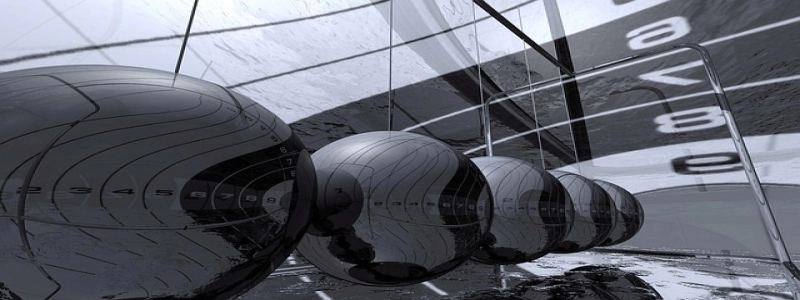титул первого уровня:Fiber Optic Cable Specs
второстепенное название:Introduction to Fiber Optic Cables
Fiber optic cables are essential components in modern communication systems, enabling the transmission of data, голос, and video signals at incredible speeds over long distances. These cables are made of thin strands of optically pure glass or plastic, which are used to transmit light signals.
второстепенное название:Типы оптоволоконных кабелей
There are several types of fiber optic cables available in the market, each with its own specifications and applications. The most common types include single-mode, multimode, и пластиковое оптическое волокно (ПОФ) кабели.
1. Одномодовые оптоволоконные кабели
Single-mode fiber optic cables have a small core that allows only one mode of light to propagate. These cables are ideal for long-distance transmissions, as they minimize signal loss and dispersion. Single-mode cables are commonly used in telephony and long-haul communications.
2. Multimode Fiber Optic Cables
Multimode fiber optic cables have a larger core size that allows multiple modes of light to propagate. These cables are often used in short-distance applications, such as local area networks (локальные сети) и дата-центры. Multimode cables are more affordable compared to single-mode cables but suffer from higher attenuation and dispersion.
3. Пластиковое оптическое волокно (ПОФ) Кабели
POF cables are made of plastic instead of glass and are commonly used in home networking applications. They have a larger core size compared to single-mode and multimode cables, making them easier to install and terminate. Однако, POF cables have higher attenuation and lower bandwidth compared to glass fiber cables.
второстепенное название:Fiber Optic Cable Specifications
Fiber optic cables come with various specifications that define their performance characteristics. Some of the key specifications include the following:
1. Пропускная способность: The bandwidth of a fiber optic cable refers to its capacity to carry data. It is measured in terms of the data rate (Mbps or Gbps) that the cable can handle. Higher bandwidth cables can transmit more data simultaneously, enabling faster communication.
2. Затухание: Attenuation refers to the amount of signal loss that occurs as the light travels through the fiber optic cable. Lower attenuation levels are desirable, as they indicate less signal loss and better transmission quality. Attenuation is usually measured in decibels per kilometer (dB/km).
3. Dispersion: Dispersion refers to the spreading of light signals as they travel through the fiber optic cable. It can cause signal distortion and limit the transmission distance. There are two main types of dispersion: chromatic dispersion and modal dispersion. Fiber optic cables with lower dispersion specifications offer better signal quality over longer distances.
4. Operating Temperature Range: Fiber optic cables have specific temperature ranges in which they can operate reliably. It is important to consider the temperature requirements of the intended application and select cables that can withstand the given environmental conditions.
5. Типы разъемов: Fiber optic cables use specific connector types to connect with devices or other cables. Common connector types include SC, ЖК, СТ, and MTP/MPO. It is crucial to ensure compatibility between the cables and the devices they will be connected to.
второстепенное название:Заключение
Fiber optic cables play a pivotal role in modern communication systems, offering high-speed and reliable transmission of data, голос, и видеосигналы. Understanding the different types of fiber optic cables and their specifications is essential in selecting the right cables for specific applications. By considering factors such as bandwidth, attenuation, рассеивание, Диапазон рабочих температур, and connector types, one can make informed decisions regarding fiber optic cable choices.








